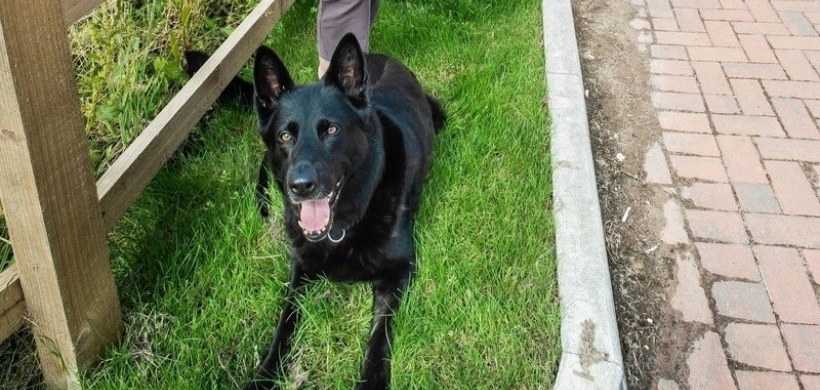Our pets are part of our family, but when looking for ways we can be more eco-friendly at home, we don’t always think about our pets' environmental impact.
From the food they eat to the toys they play with, choices we make when caring for our pets can make a big difference to the environment. So, here are five simple ways you can be a more sustainable pet owner:
1. Donate unwanted toys and food
Sometimes our pets don’t like items we buy for them as much as we thought they would, or they grow out of items made for younger animals.
Instead of throwing away toys, unopened food, or other items, such as leads, consider donating the items to other pet owners or to a local rescue centre.
See our guide to choosing eco-friendly pet toys.
2. Keep dogs on a lead to protect ground-nesting birds
Dogs can disturb wildlife, such as ground-nesting birds, when you take them out for a walk.
To protect wildlife, keep your dog on a lead when walking in a nature reserve or an area where birds are nesting low to the ground. More wild animals are likely to be out near dusk and dawn, so keeping your dog on a lead when walking them at this time can also help protect wildlife.
Find our more about reducing your dog’s impact on the environment.
3. Keep your cat inside at dusk and dawn
UK cats catch up to 100 million small animals over spring and summer, of which 27 million are birds. This number is only how many animals we know that cats catch, it is likely that cats catch many more but don’t bring them home.
You can protect nocturnal animals, such as bats, by keeping your cat inside at dusk and dawn. You could also consider keeping an indoor cat, especially if your cat is known to hunt.
If you do let your cat outside in the day, attach a bell to their collar so that it is more difficult for them to sneak up on other animals. However, clever cats can learn to move without sounding the bell.
Find our more about reducing your cat’s impact on the environment.
Find out more about protecting birds in your garden.
4. Cut back on plastic
Toys, bedding and food bowls are often made of plastic. The food you buy for your pet may also come packaged in plastic.
You can reduce plastic waste when caring for your pet by choosing ceramic or metal food bowls, non-plastic toys, biodegradable dog poo bags, and food in plastic-free packaging.
Find out more about reducing plastic when caring for you pet.
See our guide to choosing eco-friendly pet toys.
5. Choose more eco-friendly food
It is important to consider how the food that you are feeding your pet is impacting the environment, whether this is from carbon emissions or plastic waste.
When choosing a new pet, consider herbivorous animals, like rabbits and guinea pigs, as their diets are naturally more environmentally friendly.
Meat, particularly beef, has a massive carbon footprint. If you have a pet that eats meat, choose chicken flavoured food rather than beef, ensure fish-based foods are sustainable, and opt for food made from by-products like organ meat.
You can reduce plastic waste by choosing pet food in reusable or recyclable packaging and ensuring you recycle it. You can also buy pet food in bulk to reduce packaging – just make sure you can use it all before it expires.
Find out more about how to make your pet’s diet more environmentally friendly.
To learn more about eco-friendly pet care, visit our Pets Green advice page.

